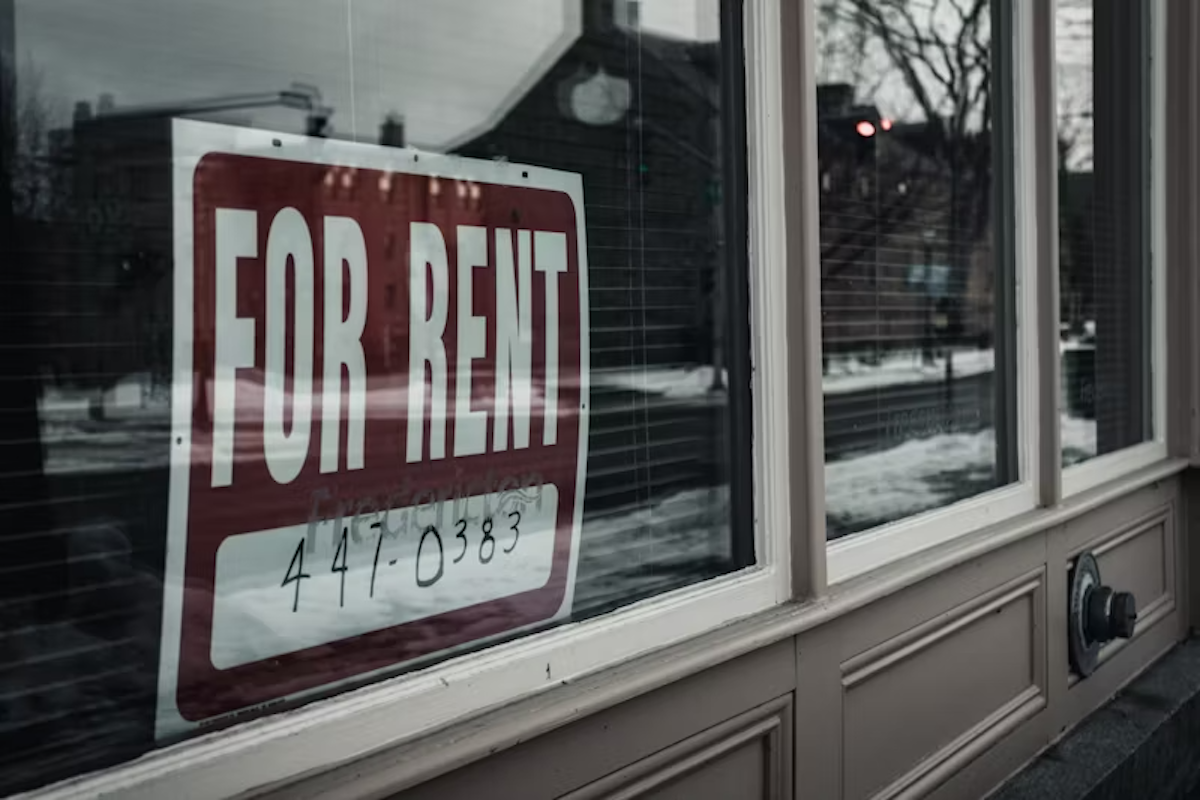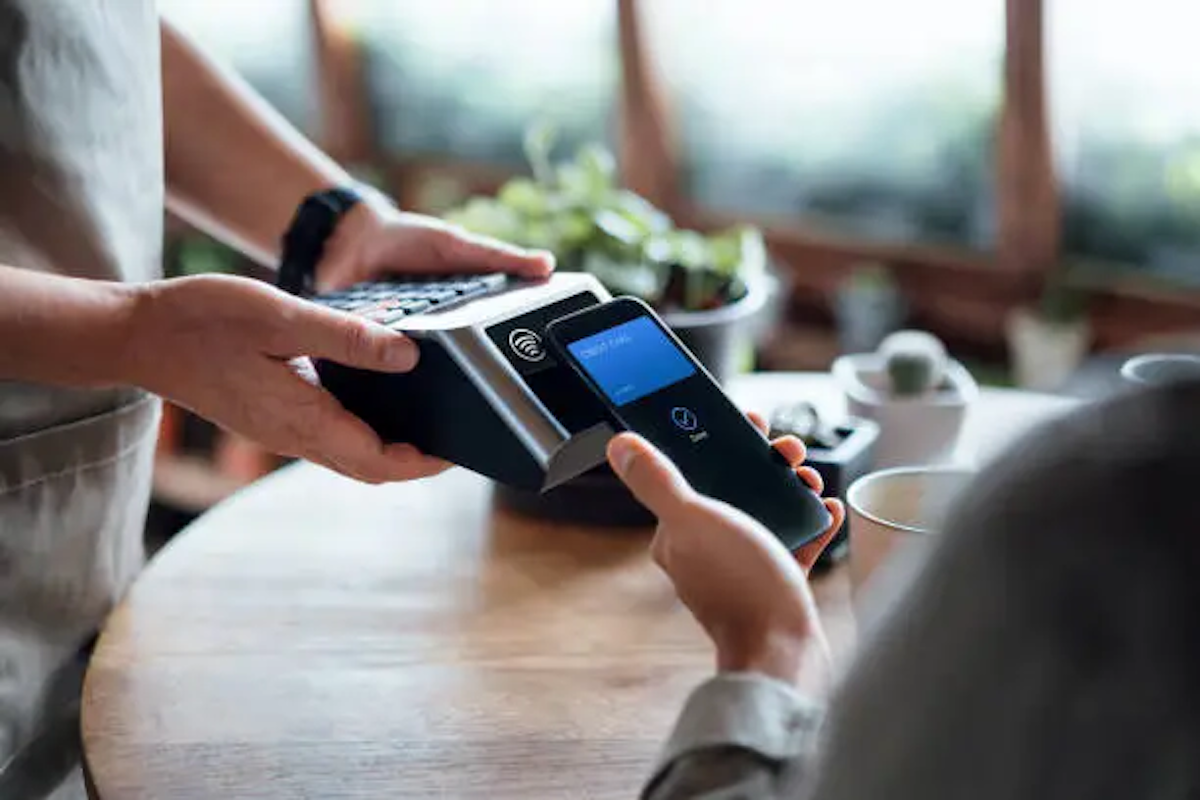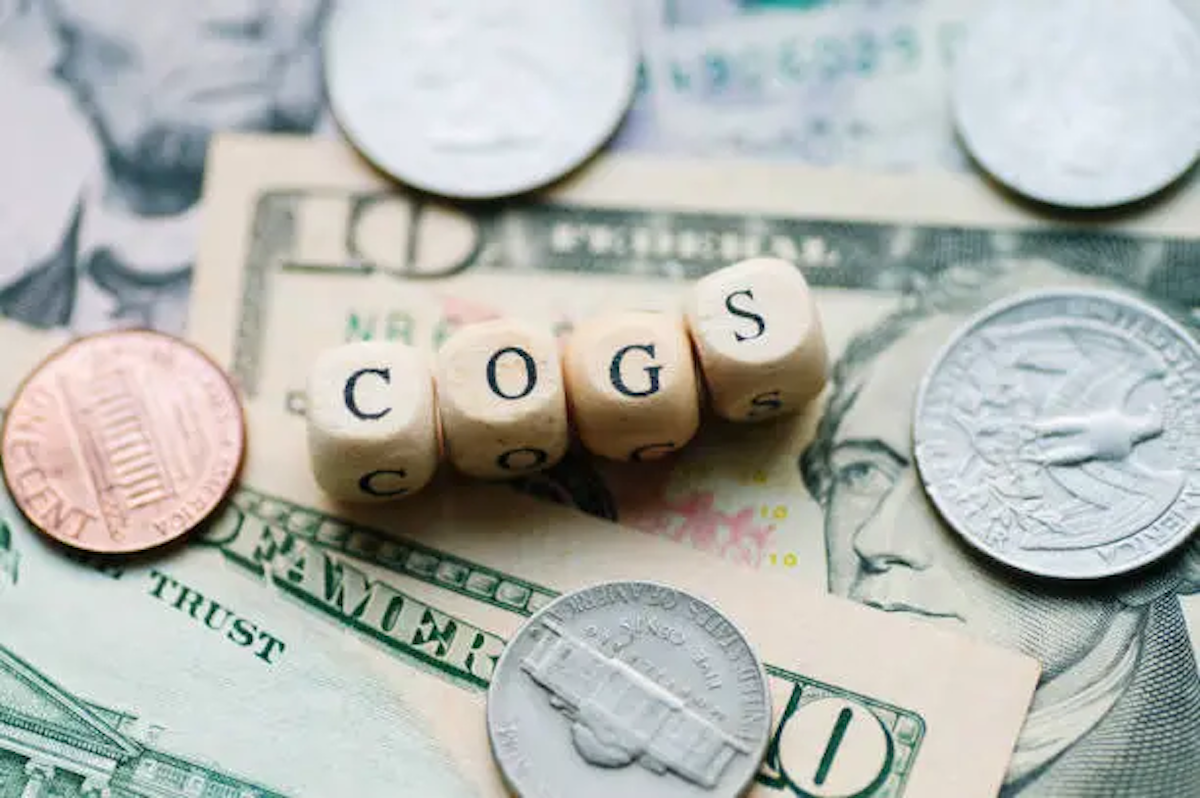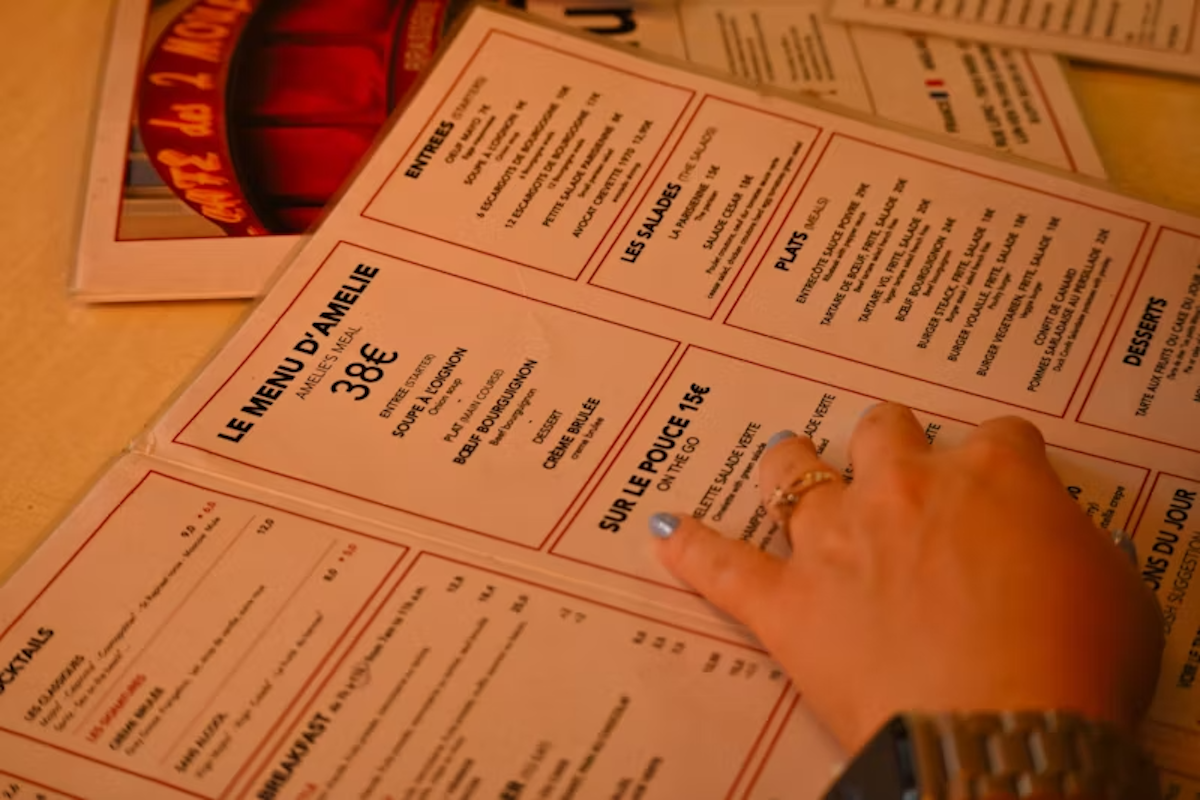What are the Average Restaurant Sales per Month by Category?
Breaking down average restaurant sales per month gives restaurant owners, managers, and investors a clearer view of how the business is performing....
Platform
Combining online ordering, loyalty, omnichannel messaging, AI insights, and payments in one platform. Paytronix delivers relevant, personal experiences, at scale, that help improve your entire digital marketing funnel by creating amazing frictionless experiences.
A Complete Customer Experience Platform
Online Ordering
Acquire new customers and capture valuable data with industry leading customization features.
Loyalty
Encourage more visits and higher spend with personalized promotions based on individual activity and preferences.
Catering
Grow your revenue, streamline operations, and expand your audience with a suite of catering tools.
CRM
Build great customer relationships with relevant personal omnichannel campaigns delivered at scale.
Artificial Intelligence
Leverage the most data from the most customer transactions to power 1:1 marketing campaigns and drive revenue.
Payments
Drive brand engagement by providing fast, frictionless guest payments.
Solutions
We use data, customer experience expertise, and technology to solve everyday restaurant and convenience store challenges.
Contactless Experiences
Accommodate your guests' changing preferences by providing safe, efficient service whether dining-in or taking out.
Customer Insights
Collect guest data and analyze behaviors to develop powerful targeted campaigns that produce amazing results.
Marketing Automation
Create and test campaigns across channels and segments to drive loyalty, incremental visits, and additional revenue.
Mobile Experiences
Provide convenient access to your brand, menus and loyalty program to drive retention with a branded or custom app.
Subscriptions
Create a frictionless, fun way to reward your most loyal customers for frequent visits and purchases while normalizing revenues.
Employee Dining
Attract and retain your employees with dollar value or percentage-based incentives and tiered benefits.
Order Experience Builder
Create powerful interactive, and appealing online menus that attract and acquire new customers simply and easily.
Loyalty Programs
High-impact customizable programs that increase spend, visit, and engagement with your brand.
Online Ordering
Maximize first-party digital sales with an exceptional guest experience.
Integrations
Launch your programs with more than 450 existing integrations.
Loyalty Programs
Deliver the same care you do in person with all your digital engagements.
Online Ordering
Drive more first-party orders and make it easy for your crew.
Loyalty Programs
Digital transformations start here - get to know your guests.
Online Ordering
Add a whole new sales channel to grow your business - digital ordering is in your future.
Integrations
We work with your environment - check it out.
Company
We are here to help clients build their businesses by delivering amazing experiences for their guests.
Meet The Team
Our exceptional customer engagement innovations are delivered by a team of extraordinary people.
News/Press
A collection of press and media about our innovations, customers, and people.
Events
A schedule of upcoming tradeshows, conferences, and events that we will participate in.
Careers
Support
Paytronix Login
Order & Delivery Login
Resources
Learn how to create great customer experiences with our free eBooks, webinars, articles, case studies, and customer interviews.
FlightPaths are structured Paytronix software onboarding journeys designed to simplify implementation and deliver maximum ROI.
See Our Product In Action
E-Books
Learn more about topics important to the restaurant and c-store customer experience.
Reports
See how your brand stacks up against industry benchmarks, analysis, and research.
Blog
Catch up with our team of in-house experts for quick articles to help your business.
Case Studies
Learn how brands have used the Paytronix platform to increase revenue and engage with guests.
Is your brand tapping into these three unshakeable pillars of guest loyalty in 2025?
8 min read
Mar 27, 2025

Rent is one of the biggest fixed costs in the restaurant business. For those in the F&B industry, understanding how much of your gross sales should be allocated to monthly rent is crucial for profitability.
If you’re a restaurant owner who’s trying to find the right balance between securing ample commercial space and maintaining a healthy bottom line, you’re in the right place. This article will guide you through the industry standards, calculation methods, and strategies to optimize your rent cost without compromising growth.
The term "rent as a percentage of sales" refers to the proportion of a restaurant's annual sales that goes toward rental costs. This is a key financial metric because it helps you gauge whether you’re overpaying for your restaurant lease or whether your lease is cost-effective.
Ideally, you should aim to keep your rent percentage between 5% and 8% of yearly sales. If your rent exceeds this range, it can strain finances and limit investment potential in areas like food costs and marketing. However, in high-traffic areas, restaurant tenants may pay rent that’s closer to 9% to 15% of gross sales.
To determine your rent percentage, use this formula:
Rent as % of Sales = (Total Annual Rent ÷ Total Annual Sales) × 100
For example, if you are paying $120,000 in annual rent and generating $1.5 million in annual sales, the calculation would be:
(120,000 / 1,500,000) x 100 = 8%
This means you are allocating 8% of your yearly sales to rent, which is within the typical range.
The percentage of sales spent on rent and commercial leases varies depending on the type of restaurant and its location. Here are some industry benchmarks:
These benchmarks serve as general guidelines, but the actual percentage and lease payments can fluctuate based on several factors:
To keep rent costs manageable, you need to be strategic about location, lease terms, and space utilization. Here are three effective ways to control your rent expenses:
That said, it may sometimes be worth paying a premium for a prime location. Here are three scenarios when paying for an expensive location may be justified:
Rent isn’t the only major expense for restaurants—there’s also food, labor, and utility costs to factor in. Here are three ways to keep your other expenses in check:
While your expenses require careful management, reducing costs doesn’t have to come at the expense of service quality or your restaurant’s food quality. Here are three strategies to keep expenses in check while maintaining high standards:

Planning for future rent increases and sales growth is essential for long-term restaurant success. Here are five tips to help you scale sustainably while maintaining financial health:
Understanding how rent impacts restaurant profitability is crucial for long-term success. Below, we've addressed some of the most common questions regarding restaurant rent and its relationship to sales.
The ideal percentage rent for a restaurant typically ranges from 5% to 8% of total sales, depending on the restaurant type and location. The average restaurant rent as a percentage of sales generally falls within this range.
Fast-casual restaurants typically aim for the lower end (around 5-6%), while fine dining establishments may lean toward 8% or higher. However, this fluctuates based on factors like foot traffic, local demand, and the business model. For restaurants in high-traffic areas, higher rent may be justified by the potential for increased sales. To maintain profitability, balance rent with food and labor costs.
Your restaurant's rent should ideally be no more than 5-8% of your total sales, though this varies based on your business type and location. High-traffic areas like shopping districts or tourist spots may warrant a higher percentage, while less busy areas may offer more affordable rents.
Instead of just looking at the rental costs, evaluate your sales potential and other expenses to make sure your restaurant remains financially sustainable. Remember, there are many hidden expenses and costs to running a restaurant, including restaurant advertising expenses, janitorial services, parking lot maintenance, and more.
The average occupancy rate for a restaurant varies widely, but generally, a healthy occupancy rate falls between 70% and 85%. This percentage depends on factors such as the type of restaurant, location, and market conditions.
High-end establishments or those in prime locations such as office buildings may experience higher occupancy rates, while casual or quick-service restaurants might have a wider range. A lower occupancy rate indicates inefficiencies in operations or a need to re-evaluate the target market, menu, or pricing strategy to improve customer flow.
A good profit margin for a restaurant typically falls between 3% and 10%, depending on the type of restaurant, location, and operational efficiency.
Quick-service restaurants (QSRs) or fast-casual establishments often see higher margins of 6% to 10%, thanks to lower overhead costs and faster customer turnover. Full-service restaurants usually operate with margins between 3% and 5%. Fine dining restaurants, while charging premium prices, often fall within a similar margin range of 3% to 5% due to the higher costs for top-tier ingredients, specialized labor, and elevated operational expenses. To increase profitability, focus on managing food costs, labor efficiency, and maximizing sales volume.
The most profitable restaurants often fall into the fast-casual, quick-service, or franchise categories. These models benefit from higher customer turnover, lower overhead costs, and faster service. Fast-casual restaurants, in particular, offer a strong balance of quality food with efficient service, attracting a large number of customers.
Other restaurant concepts, like high-end restaurants and fine dining establishments, can also be profitable. Fine dining restaurants charge a premium for their offerings, which can lead to higher profit margins. However, other expenses, such as staffing and overhead, can quickly add up, impacting overall profitability. Additionally, fine dining venues typically experience slower turnover due to longer dining times and limited seating capacity, which can constrain overall sales despite higher per-person spending.
The failure rate for restaurants is relatively high, with estimates suggesting that about 60% of restaurants fail within the first year, and around 80% close within the first five years. Factors contributing to restaurant failure include poor location, mismanagement, lack of cash flow, and an inability to adapt to market changes.
To improve your chances of success, create a detailed business plan and operations plan, come up with effective marketing strategies, and make sure you have good financial management processes. It's also crucial to focus on delivering a consistently high-quality customer experience to build loyalty and encourage repeat business.
Ultimately, rent as a percentage of sales is a crucial factor in maintaining profitability for any restaurant. Keep this metric in check to make sure you’re not overburdening your business with high fixed costs, and that you have the flexibility to invest in other areas like food quality, marketing, and staff training. When integrated into a broader financial strategy, these steps will pave the way for your restaurant’s growth and success.
Looking for more ways to improve your restaurant’s financial performance? Book a demo with our team to explore how our solutions can help optimize your operations and boost profitability.

Breaking down average restaurant sales per month gives restaurant owners, managers, and investors a clearer view of how the business is performing....

Understanding the cost of goods sold (COGS) is crucial for maintaining healthy profit margins in both restaurants and convenience stores (c-stores)....

Menu engineering is a proven strategy to increase restaurant profitability. By analyzing sales data, you can refine your offerings to focus on...